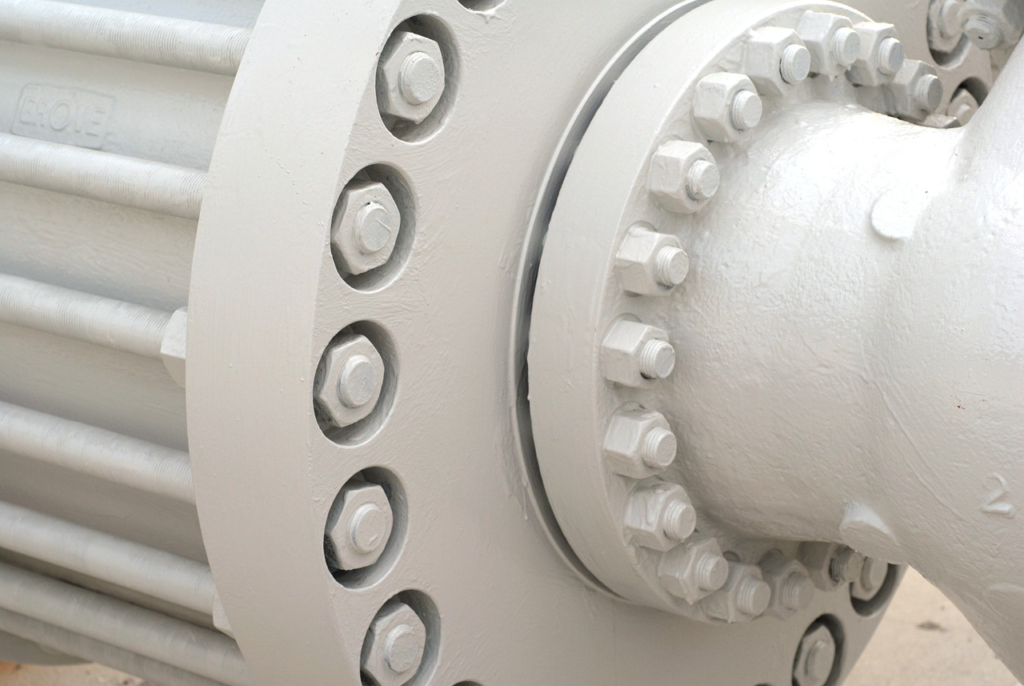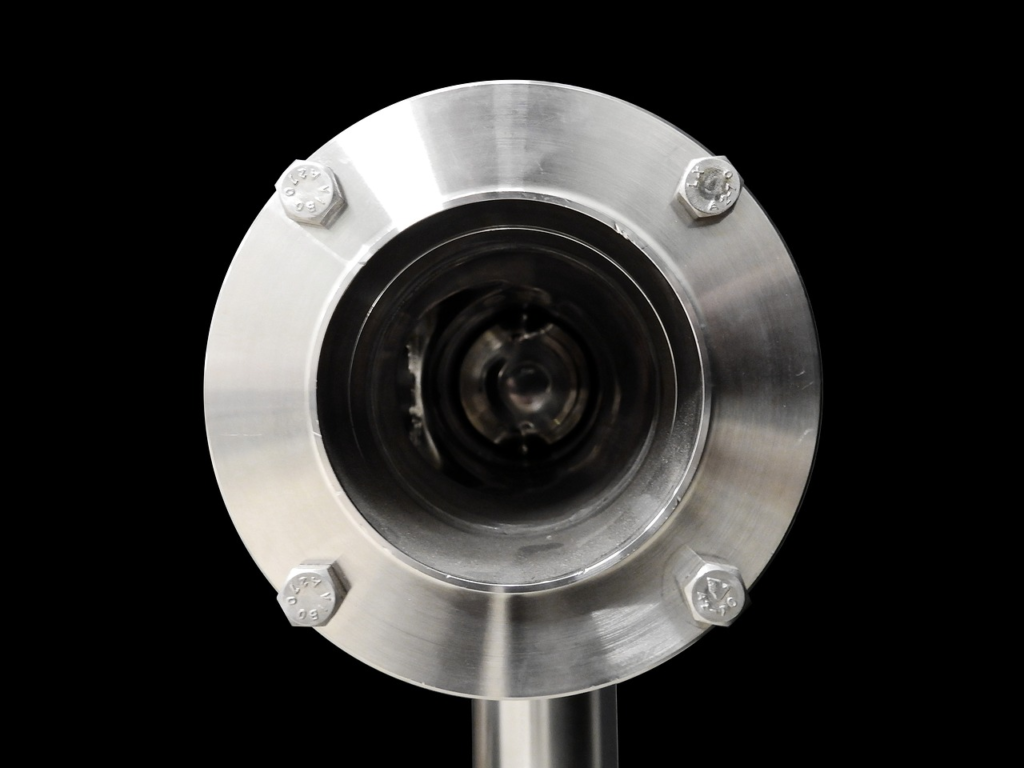Selecting the right materials is crucial for ensuring performance and safety when working with high-pressure systems. The materials used must withstand the internal pressure and harsh operating conditions, including temperature extremes and exposure to chemicals or corrosive elements. One of the most critical components in these systems is the flange, which serves as the connector between pipes, valves, and other equipment of Steel Flange Material.
One of the items most commonly used in high-pressure applications is steel flanges, known for their strength, durability, and versatility. Choosing the correct material for their production is essential for ensuring they perform reliably under demanding conditions.
What Are Steel Flanges?
These are mechanical components used to connect pipes, valves, and other piping equipment. They create a tight, secure seal to prevent leaks and ensure the system operates under pressure.

Flanges come in various sizes, shapes, and materials, with the choice of material being critical for high-pressure applications. They are used in industries ranging from oil and gas to chemical processing, power plants, and water treatment facilities. Choosing the correct flange material is essential for maintaining system integrity and avoiding potential failures.
Factors to Consider When Selecting Steel Flanges
1. Pressure and Temperature Requirements
High-pressure systems often operate under extreme conditions, which means the flange material must have a high tensile strength and be able to endure significant stresses. Stainless steel ones, for example, are known for their ability to handle high pressures without deformation.
Likewise, the material should be capable of handling the temperature ranges typical for the system. Some steel flanges are designed to perform well in high-temperature environments, while others might be better suited for cooler or ambient temperatures. For environments with both high pressure and temperature, materials like alloy or duplex steel are often preferred due to their enhanced strength and heat resistance.
2. Corrosion Resistance
The material must be resistant to the specific types of corrosion it will encounter in its environment. For example, in marine or offshore environments, stainless steel flanges, especially those made from 316 grade, offer excellent resistance to saltwater corrosion.
Similarly, for systems dealing with acidic or alkaline substances, a flange material with high resistance to chemical corrosion is essential. Stainless steel is commonly used for its resistance to a wide range of chemicals, but alloy and duplex ones can also provide superior corrosion resistance in more specialized applications.
3. Material Strength and Durability
Flanges are often exposed to significant mechanical stress, and the material must be strong enough to handle these forces without failure. Carbon steel is known for its high tensile strength and is often used in systems with moderate pressure and temperature requirements.
For environments where higher strength is necessary, alloy or duplex flanges are the preferred choice. Alloy steels are engineered with additional elements like chromium, molybdenum, and nickel to improve their strength, toughness, and fatigue resistance. Duple, on the other hand, combines the properties of austenitic and ferritic alloys and offers exceptional strength and resistance to stress corrosion cracking.
Steps to Select the Right Steel Flanges

1. Carbon Steel Flanges
Carbon steel offers a good balance of strength, toughness, and cost-effectiveness. These flanges are typically used in high-pressure systems where corrosion is not a primary concern. They are suitable for applications such as power generation, water treatment, and HVAC systems.
However, they can suffer from corrosion over time if exposed to moisture or harsh chemicals. To enhance their resistance, they are often coated or painted, or they can be paired with other protective materials.
2. Stainless Steel Flanges
Stainless steel is often the material of choice for high-pressure systems due to its excellent corrosion resistance, high tensile strength, and ability to withstand both high pressure and temperature. Flanges made from it are ideal for use to transport chemicals and in food products, or marine applications.
The most common grades used here include 304 and 316. Grade 304 is known for its general corrosion resistance and strength, while 316 offers superior resistance to saltwater corrosion and is often used in marine or offshore applications. Stainless steel flanges are durable and can handle the stresses of high-pressure systems while maintaining their integrity over time.
3. Alloy Steel Flanges
These flanges are designed for high-strength applications and are made by adding elements such as chromium, molybdenum, or nickel to steel. These elements improve the material’s resistance to heat, corrosion, and wear. They are commonly used in the oil and gas, petrochemical, and power generation industries, where the systems operate under both high pressure and temperature.
4. Duplex Steel Flanges
Such products are ideal for high-pressure systems that also need to resist stress corrosion cracking, pitting, and crevice corrosion. This material is commonly used in chemical processing, offshore oil platforms, and desalination plants, where exposure to both high pressures and aggressive environments is common.
Duplex steel offers a higher yield strength than its standard stainless counterpart and is particularly effective in systems dealing with chloride-rich environments. However, it can be more expensive, which is something to consider.
Conclusion
Selecting the right steel flange material for high-pressure systems is a critical decision that affects safety, efficiency, and longevity. Factors such as pressure and temperature requirements, corrosion resistance, material strength, and durability all play a role in determining the best material for your application.
Understanding the different types of flanges will allow you to make an informed decision that ensures optimal performance in high-pressure environments. Always ensure that the flange material aligns with the specific needs of your system to prevent failures and ensure reliable operation.







